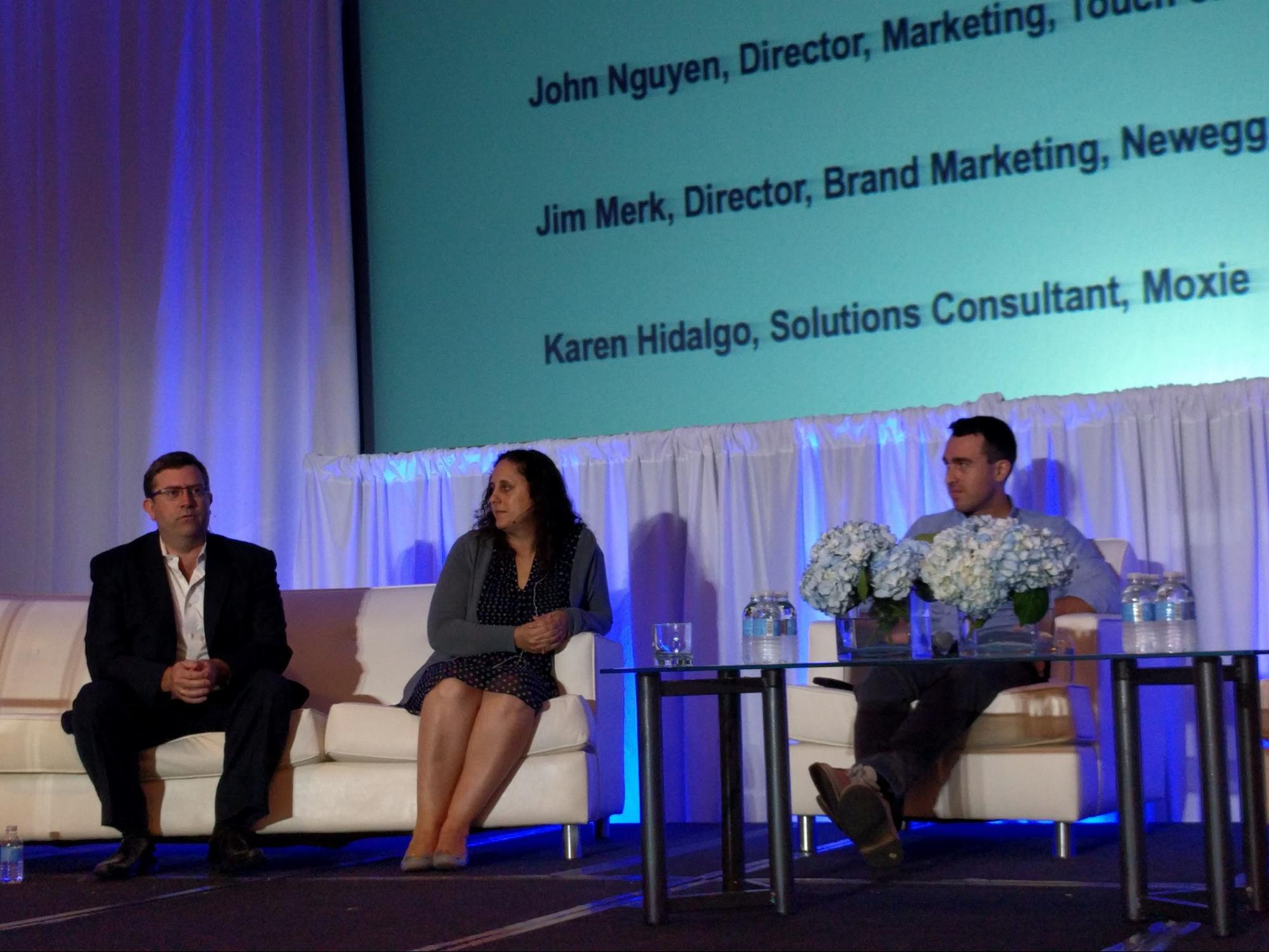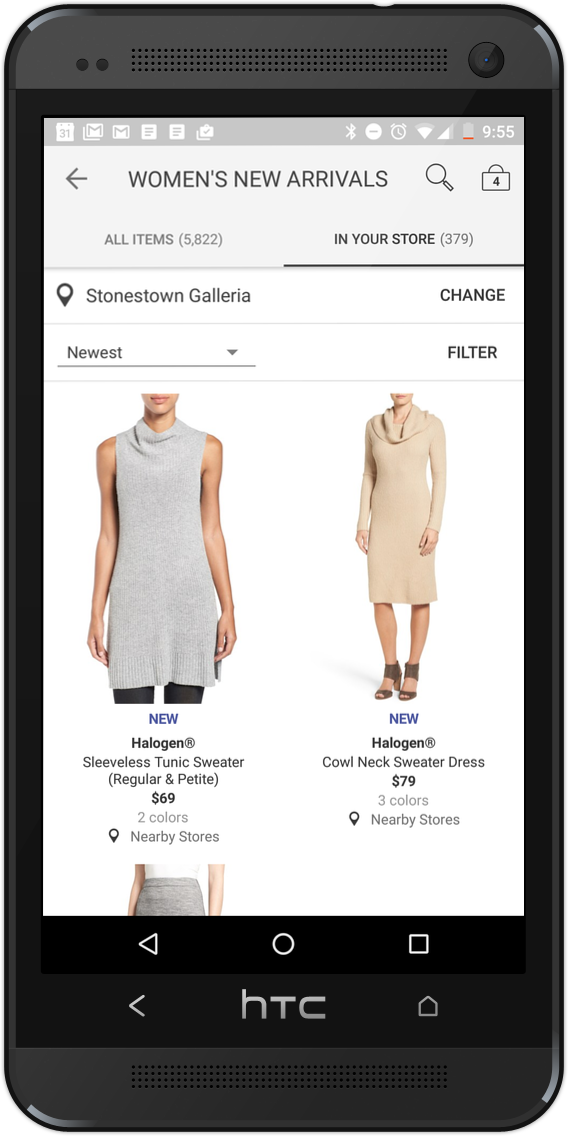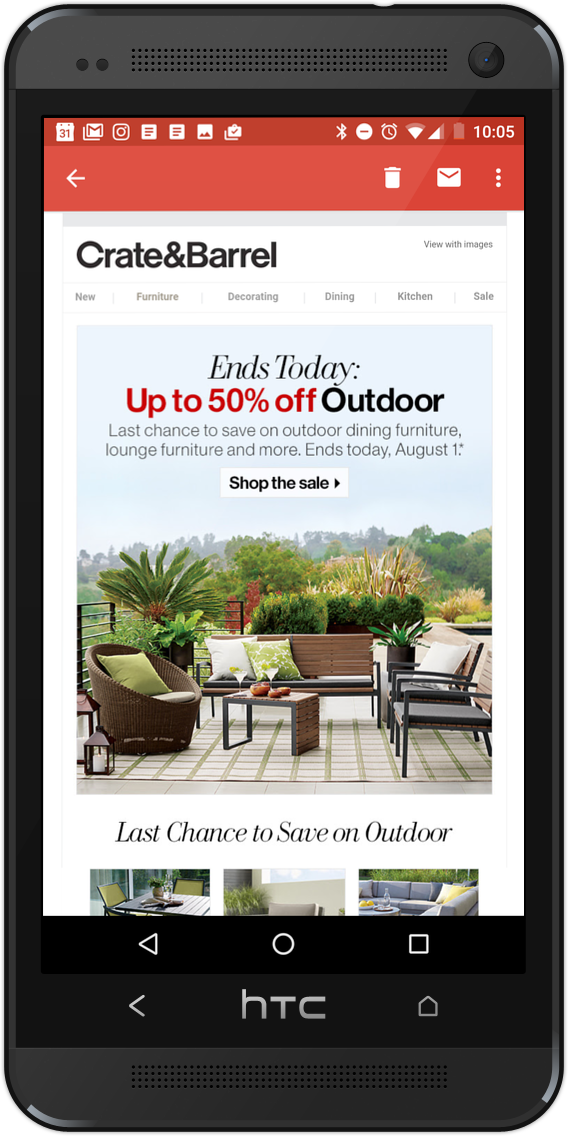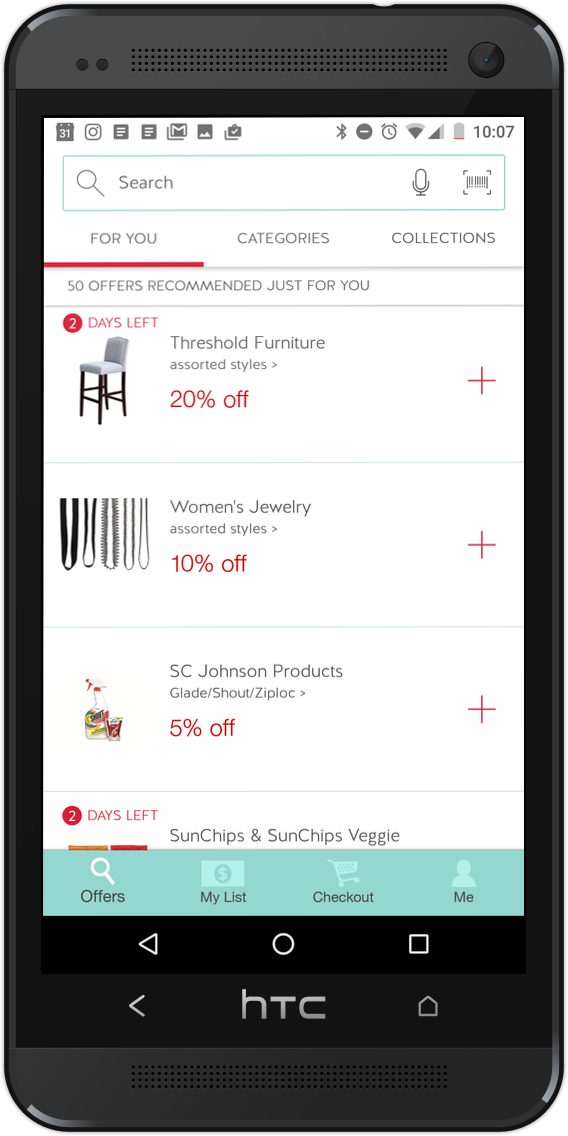If you attended Mobile Shopping in 2016, you know how the days were filled with poignant conversations, open roundtables, inspiring keynotes, and one particularly heated panel. While the casual atmosphere and lobby bar kept discussions happening long after the sessions’ doors closed, we wanted to keep the dialogue going even longer. Below we’ve compiled what we learned, what we took away from Mobile Shopping, and what’s in store (pun intended) for 2017 in the mobile eCommerce world:
The Big Debate: App vs Mobile Web
For traditional brick-and-mortar retail companies, committing to build a mobile app is scary, and if you don’t have an app, it’s hard to understand the ROI and benefits for your brand.
Whenever the topic came up, and it did so frequently, there was a clear divide between those with apps who saw their distinct value, and those without apps who saw the overwhelming cost of having one. Who’s right?
The business plans for having an app are as unique as the companies themselves, and those that want to copy and paste their mobile web experience into their app often miss the mark. Brands that are having success on mobile are utilizing both the mobile web and their native apps, even finding a way to unify these two mediums by driving their users from web to app.
Additionally, Touch of Modern’s CMO shared that 70% of their total revenue comes through their app, a statistic that compares to the results many companies with both an app and a mobile web presence can report:
- Your app has a 120% higher conversion rate than mobile web.
- Apps have a higher AOV than mobile web by 123%.
- Users spend 18x more time in apps than on mobile web.
- Apps have a 35% higher repeat customer rate for the top retailer apps.
(source)

How the Best Brands are Winning on Mobile
71% of heavy mobile users rank convenience as the most important aspect of a retail mobile experience. This notion unifies all the takeaways shared by executives whose teams are succeeding on mobile today—which is what you should keep in mind as you read the rest of this post, prepare your roadmap for 2017, and implement any feature into your app. “Mobile is built on making our lives easier and better – keep that at the forefront of the experience,” said Newegg’s Director of Brand Marketing Jim Merk.
1. Their mobile products are customer-centric (not feature focused).
The best mobile experiences put the customer and their needs at the center of every feature and initiative. They combine buzzwords, cross-channel, personalization, and in-store mobile, into a seamless, targeted, and easy experience to better their customer’s buying experience.
2. They keep their customers coming back for more.
Building for retargeting and engagement starts before your customers ever touch a feature, and pulls data from every part of the shopping experience. The best mobile retailers use a combination of email, push notifications, SMS and incentives to keep their customers engaged with their brand, in and out of their store and/or app.
It’s hard to talk about enriching customer experience without bringing up Nordstrom. In store and on mobile, Nordstrom continues to lead the pack. In store, associates use mobile to enhance the customer experience and keep buyers out of long checkouts lines. Shoppers can use their app to reserve and try on items, and scan tags to know what sizes are available online or in store. Nordstrom still sees 90% of sales take place in store, and encourages their app users to buy in store with notifications and alerts through the app’s push notifications. If you’re a Nordstrom card member and have Notes linked to your account, the app will alert you when you’re near a store and have Notes to spend. Additionally, if you have items in your app’s cart, you’ll be notified when you’re near a store that has that item in stock. Nordstrom benefits from using their apps unique ability to re-engage their customers and to get them purchasing.
Crate & Barrel’s recap email to shoppers well after they’ve left the store is one of their best tools for constant re-engagement. Capitalizing on traditional retail pillars, in-store associates and email, and updating to include mobile, C&B has found unity and revenue dollars. Associates are armed with mobile devices to track items shoppers want or are interested in, and usually these items are used to compile a recap email sent to customers, including the items they didn’t purchase. In store associates are commissioned on purchase from the follow-up email, encouraging them to use the app.
Target, the app king of retail, is one brand with 4 distinct apps: Target, Cartwheel by Target, Kids Wishlist and Registery, with Cartwheel being one of the most downloaded apps in the app store, focused on getting Target shoppers discounts on the things you already buy at Target. Target’s in-app loyalty program keeps shoppers engaged and purchasing in app. “Last year during the Thanksgiving time, we saw higher revenues coming through mobile as apposed to desktop,” said Rob Anderson Target’s Director, Guest Experience during his Mobile Shopping keynote.
The Key Takeaways from Mobile Shopping 2016
First and foremost, your customers want convenience. Offer convenience by unifying the channels you interact with your customers on to provide them with the best experience. Instead of focusing on capitalizing on one aspect and benefit of mobile, focus on how you can unify efforts across marketing channels, combine in-store and mobile, or location data and incentives. It’s easy to quantify the benefits of apps, but it’s harder to qualify. It goes to show that building the best experiences aren’t quantitative but qualitative, there’s no step-by-step process for creation. What we saw at Mobile Shopping and what we see in the industry is that you’re missing real revenue without an app.

























